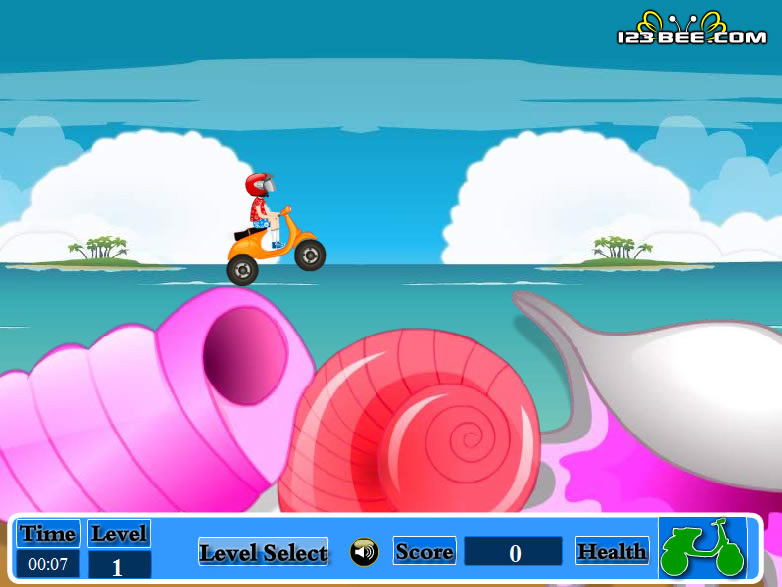

When they arrived, the chaperones would take the children to large public gatherings, often advertised with posters, during which potential adoptive parents would select a child or children. In the parlance of the time, it was known as “placing out.” The process varied, but usually included pairing groups of children with adult chaperones who rode with them to rural destinations. With the help of funds donated by New York’s wealthiest families, Brace and other organizers began gathering groups of children and sending them west. He called it “Emigration as a cure for Pauperism.” Since farmers needed every set of hands they could find, he argued, and since food and space was plentiful in the burgeoning West, it made sense to send children there instead of locking them up on the East Coast. “The best of all Asylums for the outcast child, is the farmer's home,” Brace wrote. Brace proposed that orphans and indigent children be sent to families in the West instead of institutionalizing them. READ MORE: These Appalling Images Exposed Child Labor in Americaīrace believed that the city was no place for a desperately poor child, and as the numbers of homeless children began to grow-between 20,000 and 30,000 in the 1870s alone-he started acting on that belief. Devoted to “vagrant children,” the society created trade schools, built lodging houses for homeless children, and began to tackle truancy and illiteracy. In an attempt to help them, Brace founded the Children’s Aid Society in 1853. They were often arrested for vagrancy or petty theft and thrown into prison along with adults. Brace wanted to change that.Ĭharacterized by Brace as belonging to the “dangerous classes,” these neglected children begged outright or performed small services like shining shoes and selling newspapers.

Since there was no social safety net, there was no organized way to reach individual children or provide them with welfare or social services. As a result, tens of thousands of destitute children ended up on the street. Meanwhile, cheap housing became harder to come by.

WEST COAST RIDER BLACK AND WHITE SERIES
A massive influx of new immigrants had crowded the city, and a series of financial panics and depressions in the late 19th century created unemployment. Orphan trains were the brainchild of Charles Loring Brace, a minister who was troubled by the large number of homeless and impoverished children in New York. But though many children did ride to better lives on orphan trains, others did not. Between 18, up to 200,000 children were placed on the trains and adopted by new families. Organized by reformers in the Eastern United States, the program swept children westward in an attempt to both remove them from the squalor and poverty of the city and help provide labor for farms out west. They were part of what is now known as the orphan train movement, a sweeping attempt to protect homeless, poor and orphaned children in a time before social welfare or foster care. There, the Children’s Aid Society workers hoped, they would be adopted by families and put to work in fields and on farms. “No mother’s tears were shed over the departing waifs,” wrote a reporter from the New York Daily Tribune, “no father’s counsel was given to the boys who were about to enter upon a new life.” That new life awaited them in Iowa, where they would arrive after a days-long train trip that swept them from urban New York to the rural Midwest. Now, their ragged clothes had been stripped from them and replaced with sturdy new clothing and coats by aid workers.

The 35 children who gathered at New York’s Children’s Aid Society in 1880 all had stories of deprivation and abuse to tell.


 0 kommentar(er)
0 kommentar(er)
